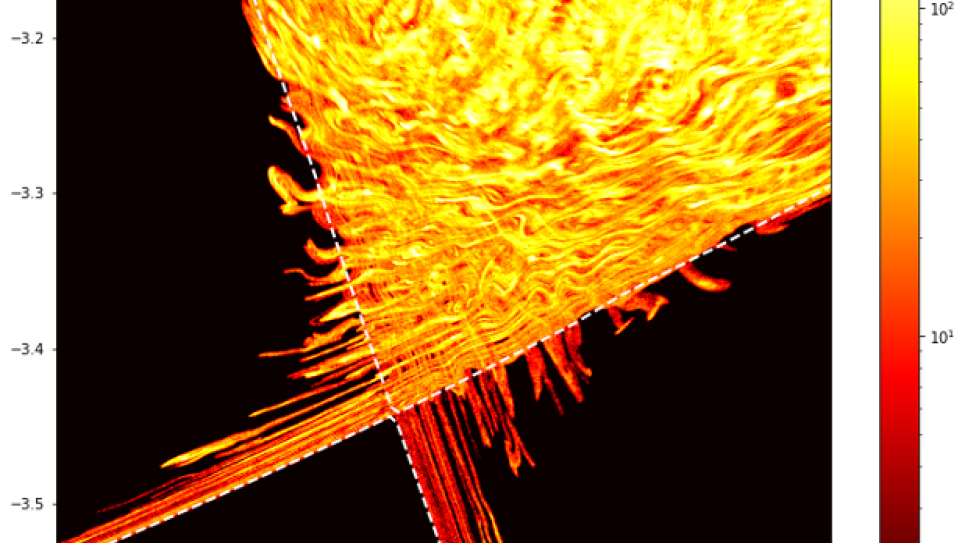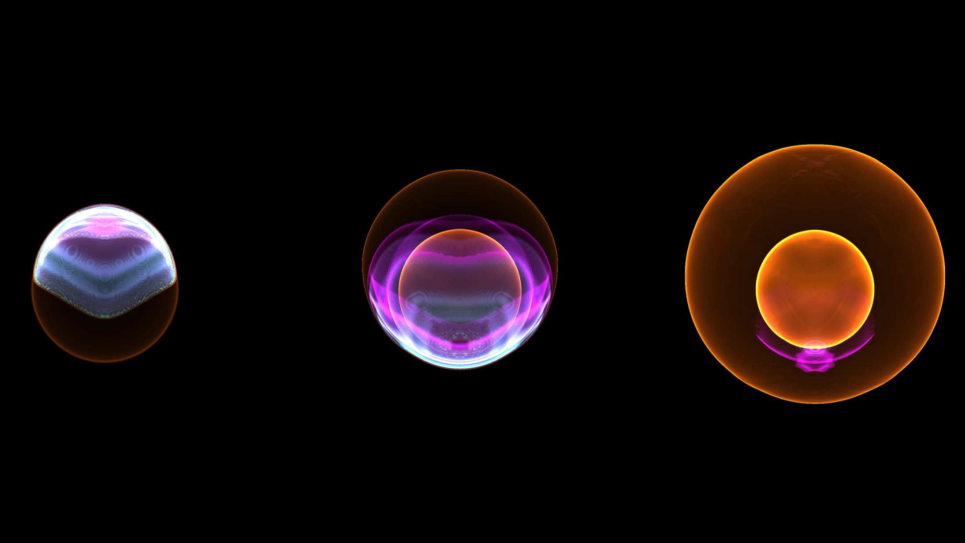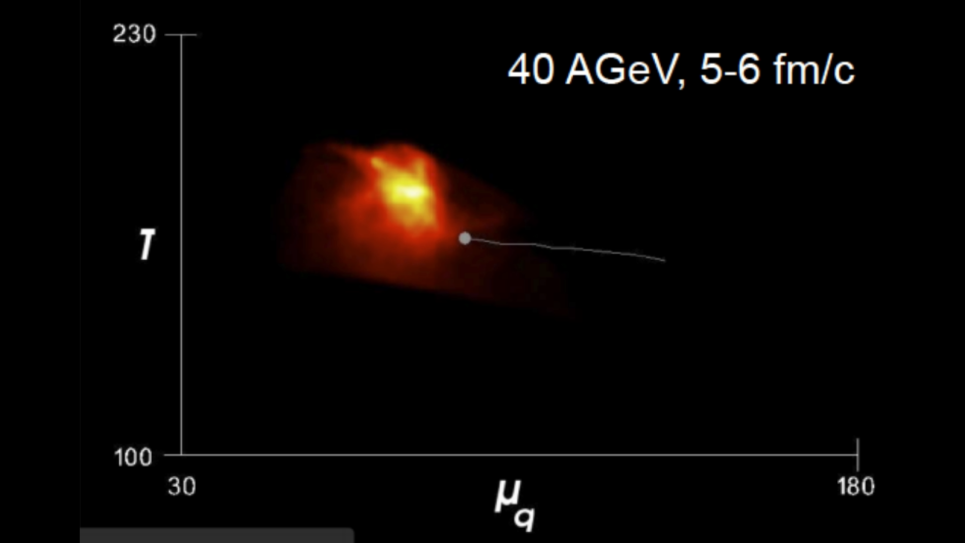
A snapshot figure of turbulence driven, space-time fluctuating homoclinic tangle near the magnetic X-point of ITER edge, found for the first time from XGC's INCITE simulation. This space-time fluctuating homoclinic tangle could be the hidden mechanism to connect the plasmas between the burning core and the divertor plasmas, which the fusion researchers have been searching for.

